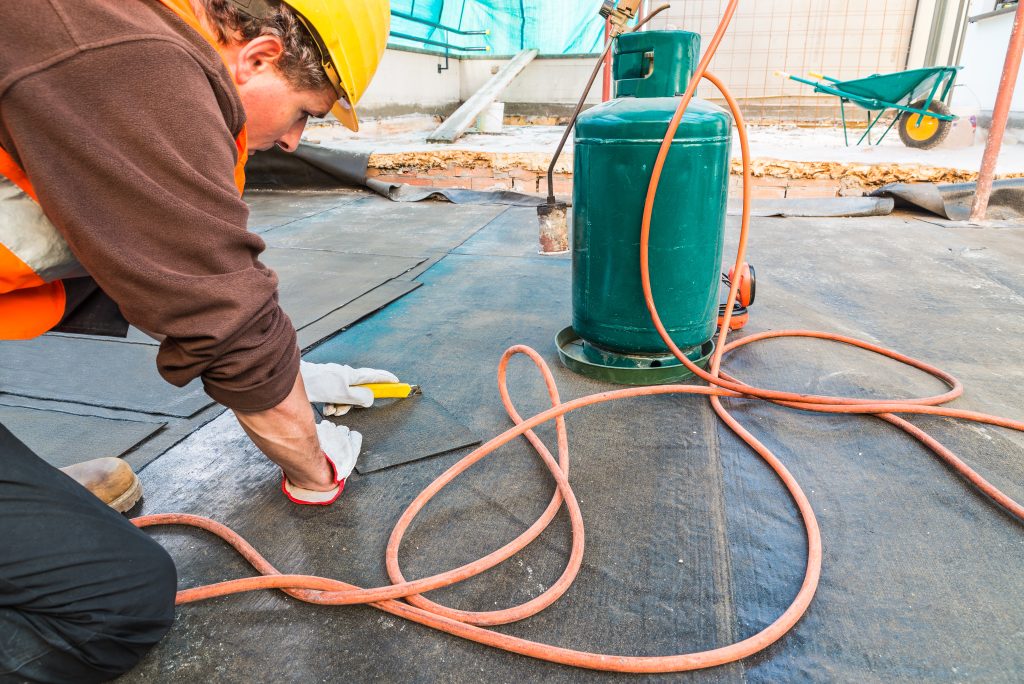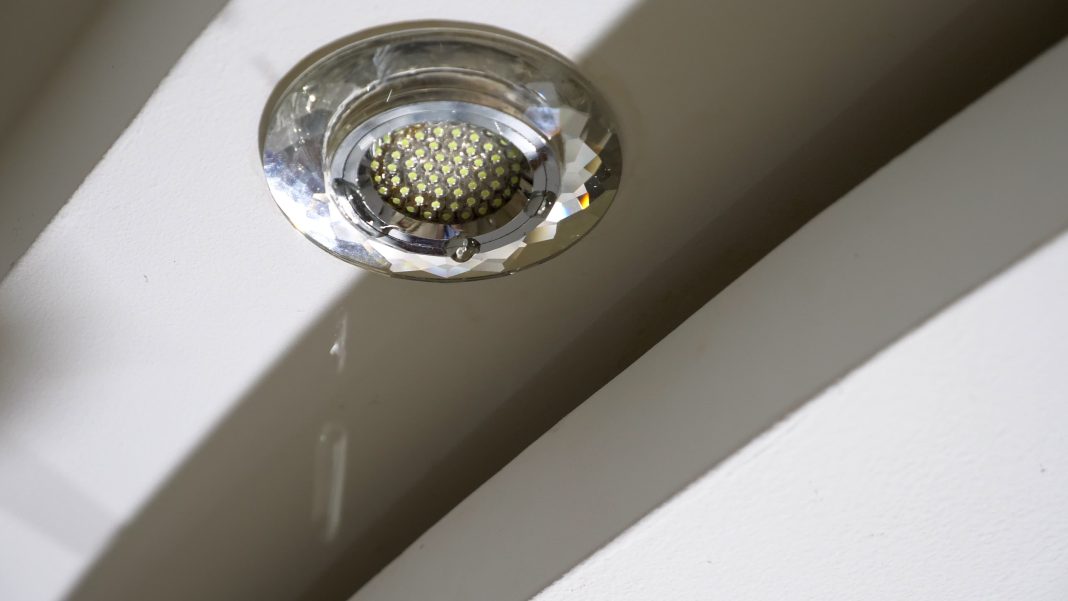Water ingress in roofs can lead to mould, mildew and algae, causing expensive repairs and reducing resale value of a property
Roofs are designed to provide protection for you and your property against the elements. They also provide safety, security, privacy, and thermal insulation.
The average lifespan of a roof usually ranges between 25 – 50 years, however a roofs life expectancy ultimately depends on the quality, durability and the type of material chosen. Regular maintenance checks are also paramount.
Water ingress is when water finds its way to seep into a building. Any water coming into your property is bad news, it can cause a lot of damage and be costly to rectify.
If you have a roof leak, the first place to suffer will be your attic (if you have one). If left unnoticed, it can cause mould, mildew, and algae which can be both challenging and costly to repair. If left undetected over many years, a small leak can eventually rot structural timbers.
In fact, according to the National Roofing Contractors Association, pooled water that sits there for more than 48 hours can start to become problematic. In more serious cases the water could put added weight and stress on your beams, drywall, and insulation, causing bowing which could lead to a collapse.
The four most common places a roof will leak:
• Around the chimney and any flashing areas.
• Around windows and skylights.
• Vent pipes.
• Missing shingles.
Some of the more common reasons for water ingress in roofs:
Damaged or Missing Roof Materials:
Roofing materials such as shingles, tiles or metal panels can become damaged due to age, weathering, or impact. This damage can create openings or cracks through which water can enter.
Poorly Installed or Faulty Flashing:
Flashing is used to seal gaps and joints in a roof, such as around chimneys, vents, skylights, or where different roof sections meet. If the flashing is not properly installed, or if it is damaged or deteriorated, it can allow water to creep into the roof.
Blocked Gutters and Downspouts:
Gutters and downspouts play a vital role in drawing water away from the roof and the buildings foundation. If they become blocked with debris such as leaves, twigs or dirt, water can overflow and seep into the roof system.
Damaged or Deficient Roof Underlayment:
The underlayment is a waterproof barrier installed beneath the roofing material. If the underlayment is damaged, improperly installed, or inadequate, it can compromise the roof’s ability to withstand water.
Roof Ponding:
Defined as ‘the water which remains on a roof 48 hours or longer’. Water may accumulate on a shallow pitched or flat roof due to rain or snow.
Roof Penetrations:
Any openings in the roof, such as vents, pipes or HVAC units are potential entry points for water, if not properly sealed.
Having a structural warranty on your building protects you against structural defects in a new build, conversion, or a renovated property. This means that if your building develops problems due to shoddy workmanship or defective materials, you will receive financial compensation to help cover the costs of structural damage and repairs.
Having a structural warranty is essential, especially if you’re thinking about selling or remortgaging your property further down the line.
Appointing a Structural Warranty company at the outset is important as not only is it more cost-effective but some mortgage lenders will NOT accept a structural warranty if it has been taken out mid-way through a project – The Structural Warranty provider won’t have monitored the building works from the start, therefore there is a higher degree of risk to the insurance company who underwrites the warranty.
ABC+ Warranty are the only RICs (Royal Institution of Chartered Surveyors) registered Structural Warranty company in the UK. Our surveyors will come and inspect the property at various stages of the building works to ensure that the works are satisfactorily completed.

Some of the things that our surveyors assess:
Roof Covering
Assessing the condition of the roof covering material, such as tiles, shingles, or slates. Look for any missing, cracked, or damaged sections that could allow water to penetrate.
Flashings
Inspecting the flashings around chimneys, skylights, vents, and other roof penetrations. Checking for signs of deterioration, gaps, or improper installation that may create entry points for water.
Gutters and Downspouts
Examining the gutters and downspouts for blockages, improper installation, or damage that could cause water to overflow or seep into the roof structure.
Roof Valleys
Checking the valleys where different roof sections meet. These areas are vulnerable to water accumulation and should be inspected for signs of deterioration or inadequate sealing.
Roof Penetrations
Inspect any pipes, vents, or other protrusions on the roof. Look for proper sealing around these elements and check for signs of leakage or moisture stains.
Roof Structure
Assessing the overall condition of the roof structure, including rafters, trusses, and sheathing. Looking for any signs of rot, decay, or water stains.
Click here to obtain your QuickQuote or call 0161 928 8804 to speak to one of our warranty experts.
ABC+ Warranty and Architects Certificate are trading names of Professional Consultants Certificate Ltd, Registration Number 07763351. Trading address: 1 Anchorage Court, Caspian Road, Altrincham. WA14 5HH. Professional Consultants Certificate Ltd is an Appointed Representative of Ten Insurance Services Ltd which is authorised and regulated by the FCA.

Adele Reid
Managing Director
ABC+ Warranty
Tel: +44 (0)161 928 8804
07729 647493
info@architectscertificate.co.uk
www.architectscertificate.co.uk
*Please note: This is a commercial profile

















